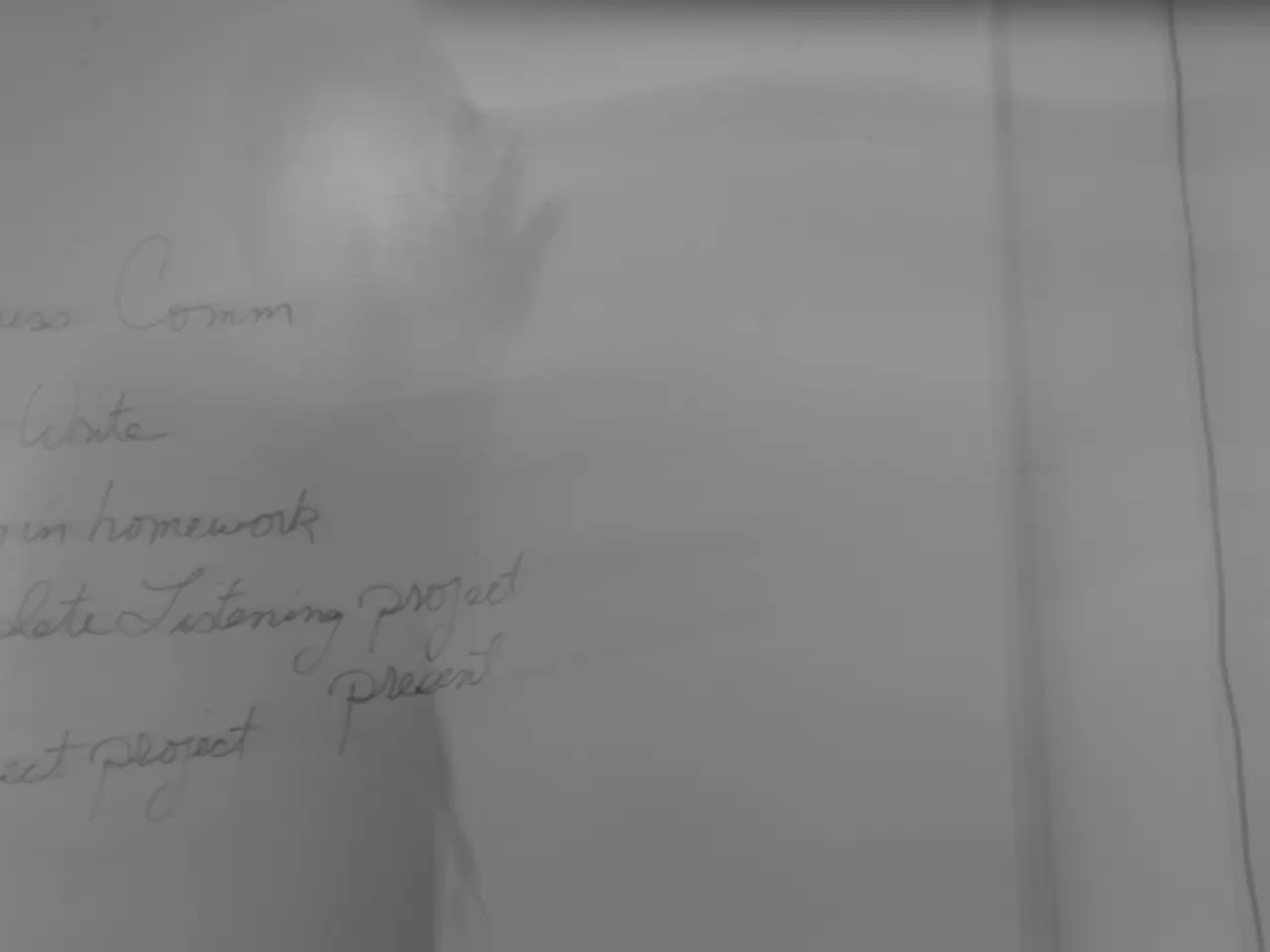Streamlining Complex Choices with the 10/10/10 Method
===========================================================
The 10/10/10 Method, popularised by Suzy Welch, is a straightforward framework for making decisions that takes into account the immediate, intermediate, and long-term consequences of our choices. This method, which focuses on three specific timeframes – 10 minutes, 10 months, and 10 years – is designed to help us make thoughtful, balanced choices without getting stuck.
The 10/10/10 Method was created to address decision paralysis, a common issue that arises when we are faced with uncertainty and the unrealistic expectation of perfect information. By shifting our focus towards temporal impact evaluation and embracing uncertainty, this method encourages quicker action and builds confidence over time.
To use the 10/10/10 Method, start by clarifying the core decision you are facing. Then, ask yourself what the immediate aftermath might look like, and how it could impact you in the next 10 minutes. Next, consider the mid-term impact, reflecting on how your choice might play out over the next several months. Finally, picture yourself a decade ahead, considering whether your decision aligns with your long-term vision.
Separate facts from emotions by writing down the pros and cons of your decision, and weigh your insights by reflecting on what you discovered across the three timeframes. It's essential to stay aligned with your values, ensuring that the decision supports your goals and values.
The 10/10/10 Method also helps prevent procrastination and indecision by highlighting the cost of delay. By setting boundaries for decision-making, you give yourself a specific timeframe to reflect on each question before making a choice.
One of the key benefits of the 10/10/10 Method is that it breaks down complex decisions into manageable reflections, surfacing trade-offs and aligning with overall strategy. It also helps decision-makers access relative judgments more naturally, as people struggle with absolute certainty but can often gauge what will matter over time.
Lastly, the 10/10/10 Method fosters momentum in decision-making because each choice builds learning and confidence, reducing the tendency to catastrophize the outcomes. By balancing the emotional clarity of the 10-minute lens with the logical foresight of the 10-year view, we can dramatically improve our decision-making skills.
In summary, the 10/10/10 Method is a practical technique that simplifies decision-making and adapts to different situations. It's the balance between emotions, logic, and long-term vision that makes it work. By understanding the stakes, weighing our insights, and staying aligned with our values, we can make thoughtful, balanced choices in complex and uncertain environments.
- Women, especially those who are neurodivergent and may struggle with executive function and anxiety, can benefit from the 10/10/10 Method in their education-and-self-development, as it provides a structured approach to decision-making that focuses on personal-growth and can help reduce indecision.
- The 10/10/10 Method encourages supporting decision-makers in their focus on the immediate, intermediate, and long-term consequences of their decisions, which can improve not only their decision-making skills but also their confidence and ability to handle uncertain situations.
- By applying the 10/10/10 Method, one can make choices that align with their values, ensuring that these decisions contribute positively to both their short-term and long-term goals, and reduce the impact of anxiety on their decision-making process.
- As part of our ongoing support for neurodivergent individuals, education-and-self-development programs can include instruction on the 10/10/10 Method, equipping participants with a useful tool for managing decision-making, enhancing their personal-growth, and achieving their goals more effectively.




